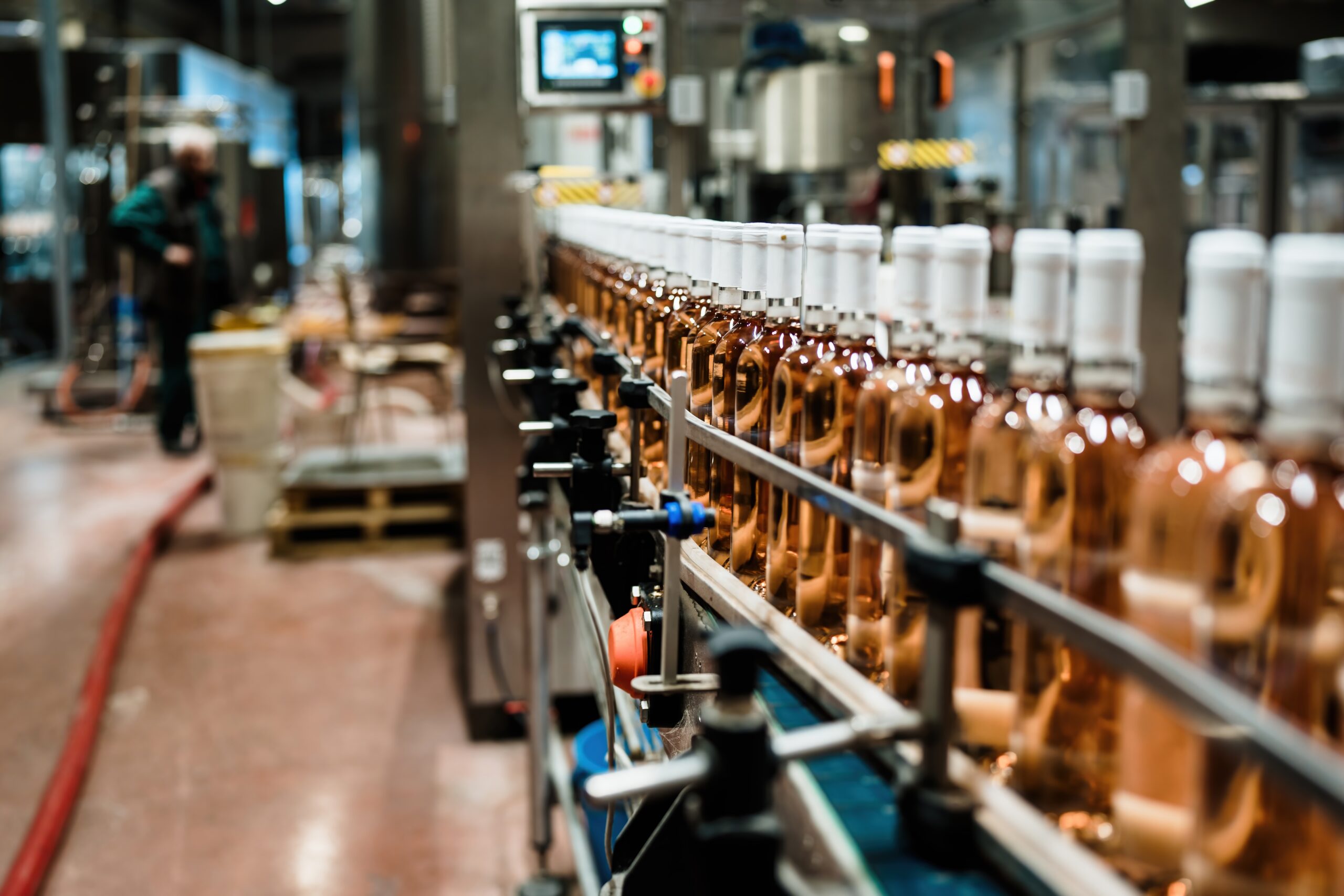As one of the most dominant elements in our universe, nitrogen is a versatile gas. Despite its extensive cosmic reach, nitrogen can be employed for many practical applications here on Earth. One such application is sparging, sometimes referred to as nitrogen gas sparging.
Sparging with nitrogen gas is common in winemaking (See: Nitrogen Uses in the Wine Industry). Sparging refers to the application of nitrogen in very fine bubbles to remove dissolved oxygen from the wine. This process helps to improve the wine’s taste and shelf life.
Nitrogen gas sparging also helps remove volatile contaminants and improve the efficiency of the winemaking process. Since red and white wines have different chemical compositions, nitrogen sparging may vary depending on the type of wine being processed.
Sparging for White Wines
For example, nitrogen can be used for sparging to remove dissolved oxygen from white wines. However, this process may also strip CO2 to levels below the optimal range, which can affect the wine’s freshness and taste. To avoid this issue, it is generally recommended to use either CO2 alone or a mixture of CO2 and nitrogen for sparging.
Sparging for Red Wines
On the other hand, nitrogen is the optimal choice for sparging red wine. However, some red wines typically need to retain a small amount of dissolved CO2, so a mixture of 2 parts nitrogen and 1 part CO2 can sometimes produce more desirable results.
Sparging for Wine Bottling
Nitrogen gas can also help prevent oxidation during the bottling of wines (See: Nitrogen Generators Aid in Bottling Wine). Wines are particularly susceptible to oxidation in this process. The interaction between the wine and the air inside the bottle can result in oxidation, so the bottles should be flushed with a chemically inert gas like nitrogen or CO2 before filling.
South-Tek Systems is the leading designer and manufacturer of nitrogen generators, providing an ideal solution for applying high-purity N2 gas in sparging applications. A nitrogen generator is installed at the facility, where N2 gas is produced using simple and straightforward technology that separates nitrogen molecules directly from the air we breathe, storing them for later use. This system eliminates the need for contracts with gas companies, deliveries, and the handling and storage of high-pressure cylinders.
